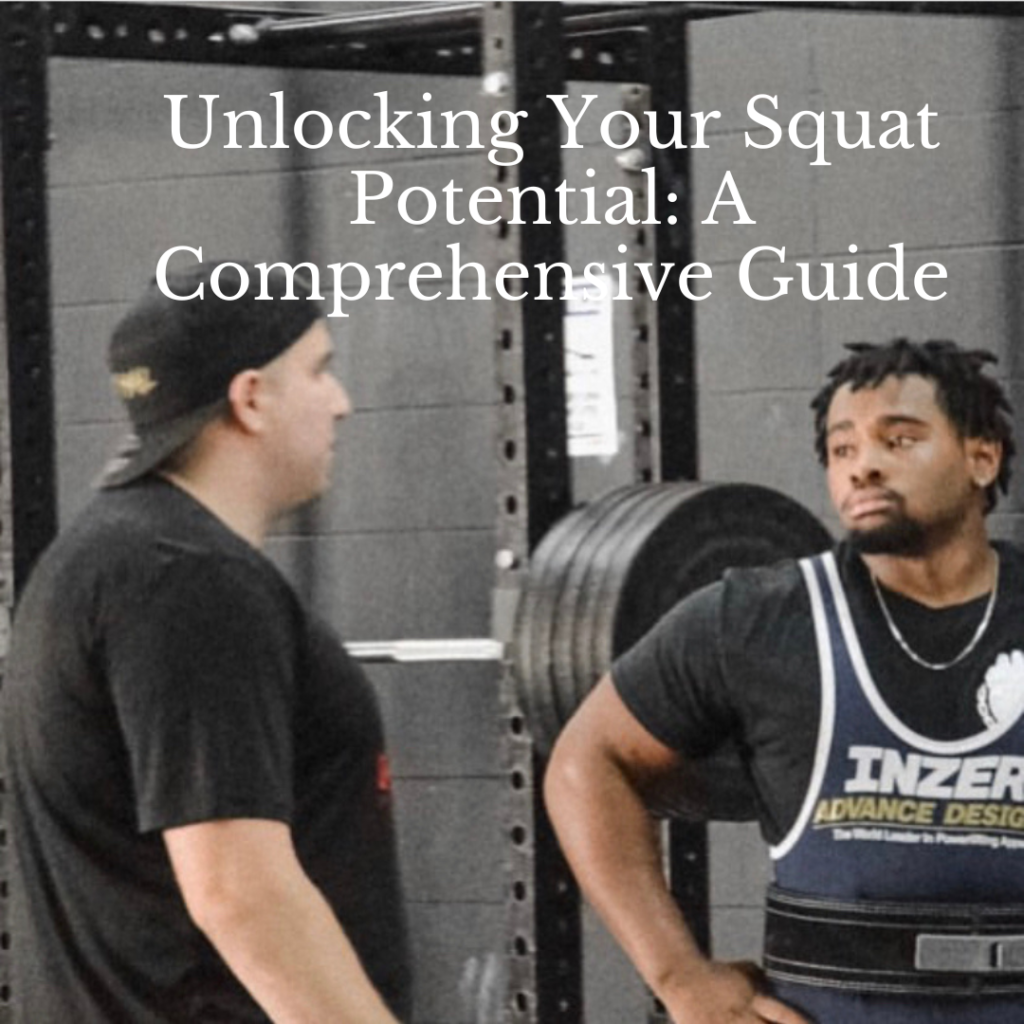
The squat is not just an exercise; it’s a cornerstone movement in strength training, crucial for building power, stability, and overall athletic performance. Over time, I’ve had the privilege of witnessing and contributing to remarkable transformations in squat strength and form, including my own journey from a 405-pound squat to surpassing 700 pounds. These experiences have distilled into a set of principles that can guide anyone looking to elevate their squat game. Here’s a deep dive into the strategies that have proven effective for myself and many others.
Master the Movement and its Variations
The path to squat mastery begins with understanding and perfecting the movement itself. This involves not only achieving the correct depth and maintaining control over the load but also familiarizing oneself with the squat’s various forms. Starting with basic movements like goblet squats or front squats with a pause allows you to focus on technique and mobility under a manageable load.
Progressive Loading and Variations
Progressive overload, executed with precision, is crucial for advancing your squat. However, this doesn’t mean jumping straight to heavier weights. Instead, the progression should involve variations that gradually increase the challenge while still focusing on technical skill. For instance, transitioning from a front squat with a pause to a competition squat through intermediate steps like the Safety Squat Bar (SSB) squat can ensure continuous improvement without sacrificing form.
Bracing and Core Stability Under Load
Effective bracing under load is a skill that extends beyond simple core exercises. It’s about creating a foundation that supports heavy lifting. Incorporating exercises like farmer’s carries and specific abdominal movements can enhance your ability to brace effectively, translating to better performance in the squat.
Addressing Movement Inefficiencies
Identifying and correcting inefficiencies in movement is critical. This doesn’t mean overwhelming yourself with numerous drills before even touching a bar. Instead, integrate targeted warm-up drills that address your specific needs, whether it’s mobility or stability, ensuring that you’re primed for optimal performance when you squat.
Customizing the Squat to the Individual
One of the most important lessons learned is that the squat must be adapted to fit the individual, not the other way around. There’s no one-size-fits-all approach to squatting. By observing how a lifter moves and adjusts to the bar, coaches can determine the most effective stance and bar position for each athlete. This customization ensures that each lifter can perform at their best, maximizing force production and efficiency.
Conclusion
Improving your squat is a journey that requires attention to detail, patience, and a willingness to adapt. By mastering the movement, progressively challenging yourself, focusing on core stability, addressing movement inefficiencies, and customizing the squat to your unique body and style, you can unlock new levels of strength and performance. Remember, every great achievement starts with a solid foundation, and by applying these principles, you’re setting the stage for unparalleled success in your squatting endeavors.
